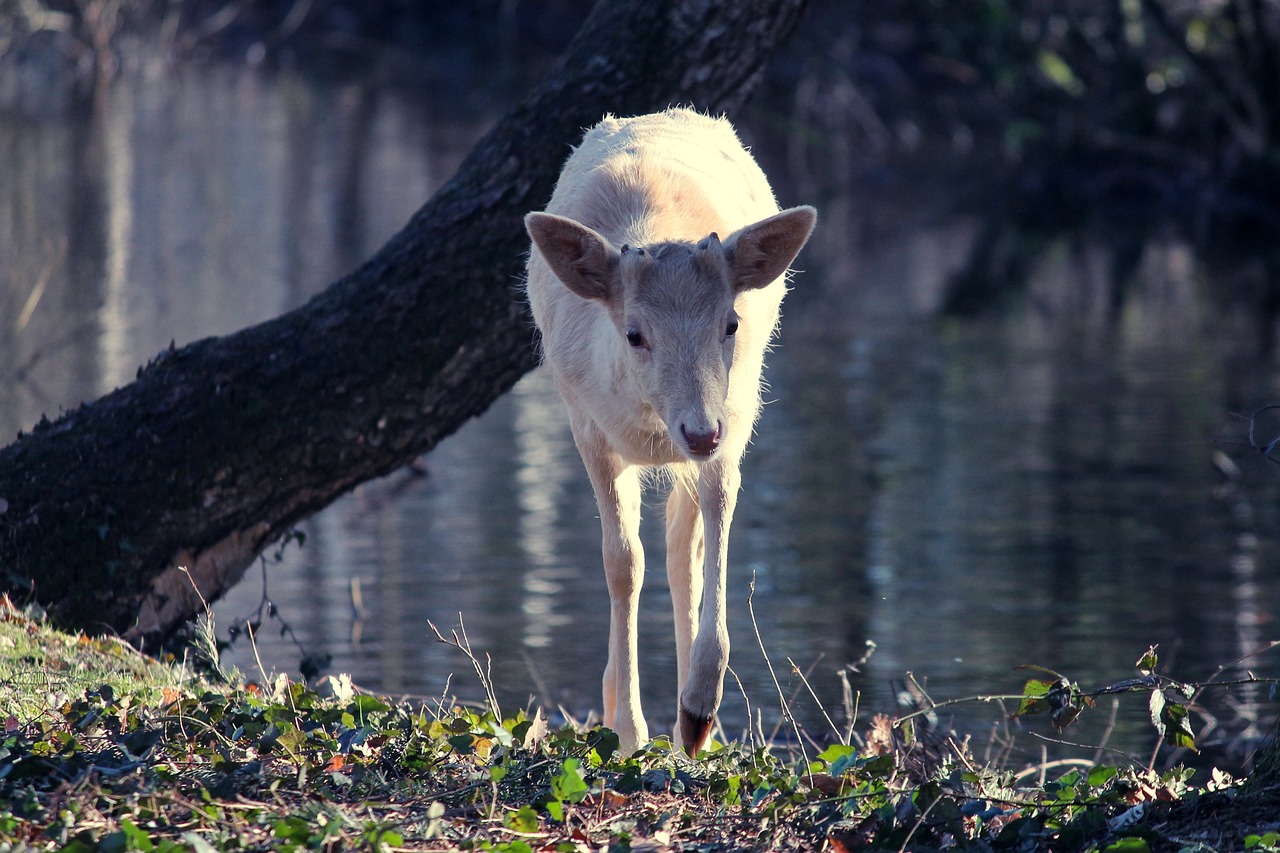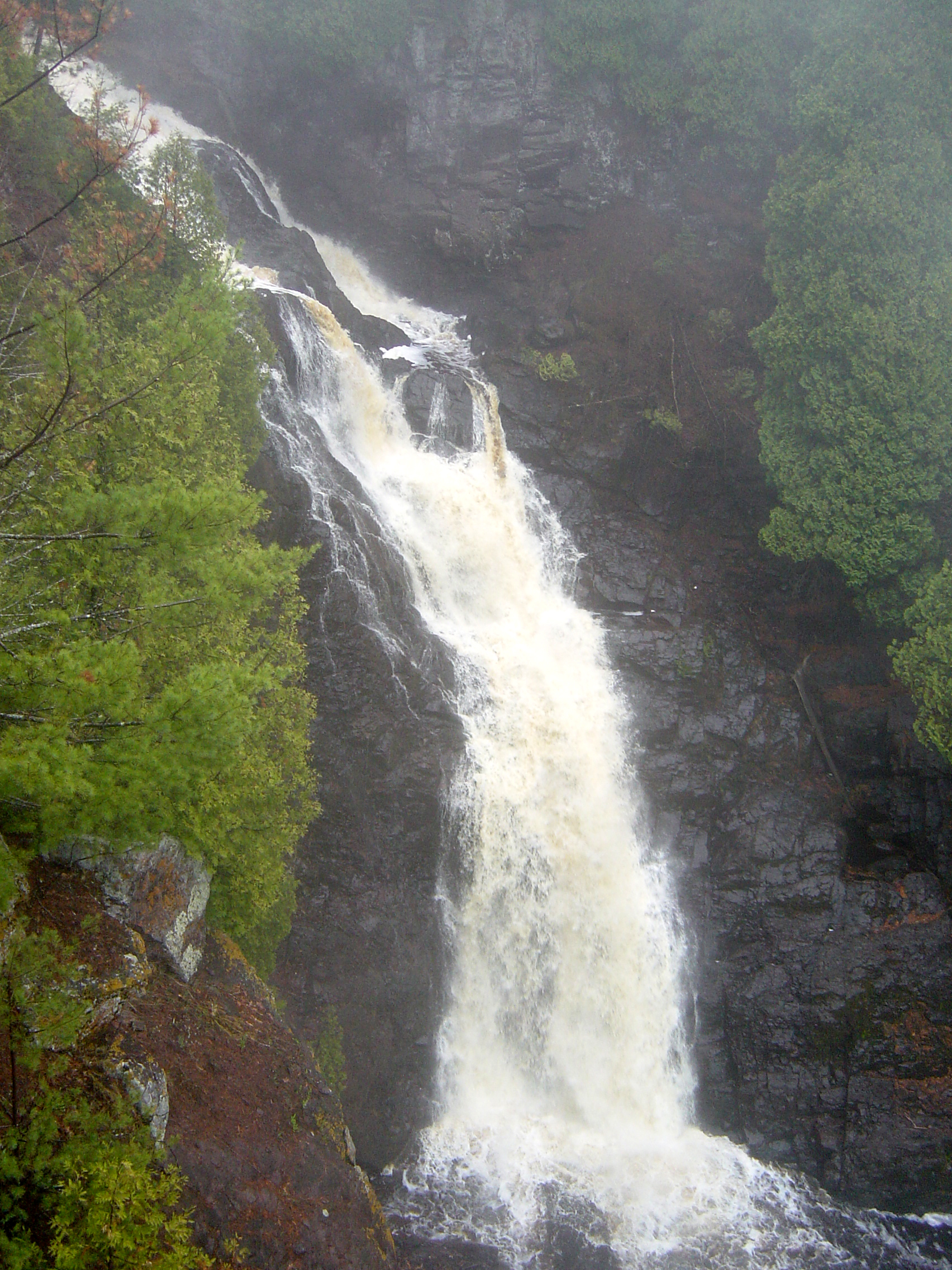
Albino Animals in Wisconsin: Nature’s Unique Spectacle
Wisconsin, known for its picturesque landscapes and rich biodiversity, is home to an extraordinary array of wildlife. Among the state’s diverse fauna, a rare and captivating phenomenon stands out—albino animals. These creatures, distinguished by their pure white appearance and red or pink eyes, are a testament to the fascinating quirks of genetics and nature.
Understanding Albinism
Albinism is a genetic condition characterized by a lack of melanin, the pigment responsible for the coloration of skin, hair, and eyes in animals and humans. This deficiency results from a mutation in one of several genes involved in melanin production. The absence of pigment not only affects the coloration but can also lead to vision problems and increased sensitivity to sunlight.
The Rarity of Albino Animals
Albinism is a rare occurrence in the animal kingdom, and this rarity extends to the wildlife of Wisconsin. The odds of an animal being born albino are quite slim, varying among species but generally estimated at about 1 in 10,000 to 1 in 100,000. This rarity makes sightings of albino animals a special event for wildlife enthusiasts and nature lovers.
Notable Albino Animals in Wisconsin
Several species in Wisconsin have been documented with albinism, each presenting a unique and striking appearance:
-
White-tailed Deer: Perhaps the most famous albino animal in Wisconsin is the albino white-tailed deer. These deer are occasionally spotted in the state’s forests and fields, their ghostly white forms standing out starkly against the natural landscape. Albino deer have garnered significant attention and admiration, becoming local celebrities in areas where they are seen.
-
Squirrels: Albino squirrels are another fascinating sight in Wisconsin. These small mammals, with their snowy fur and red eyes, can sometimes be found scampering through urban parks and suburban backyards. Their unusual appearance often makes them a favorite among local residents.
-
Birds: Albino birds, such as robins and crows, have also been reported in Wisconsin. These birds, lacking the typical dark pigments in their feathers, exhibit a strikingly different look, often leading to mistaken identity or surprise among birdwatchers.
-
Fish: In Wisconsin’s numerous lakes and rivers, albino fish can occasionally be found. These fish, lacking the typical coloration that helps them blend into their watery environments, are particularly vulnerable to predators, making their survival in the wild a remarkable feat.
Challenges Faced by Albino Animals
Despite their captivating appearance, albino animals face numerous challenges in the wild. Their lack of camouflage makes them more visible to predators and poachers. Additionally, the absence of melanin can lead to increased sensitivity to sunlight, causing issues such as sunburn or skin cancer. Vision problems associated with albinism can further hinder their ability to find food and avoid danger.
Conservation and Protection
In Wisconsin, albino animals are often protected by law. For instance, albino white-tailed deer are protected from hunting in many areas, recognizing their rarity and the fascination they inspire. Conservation efforts aim to preserve the unique genetic diversity they represent while ensuring their protection from undue human interference.
Appreciating Nature’s Wonders
The sight of an albino animal in the wild is a reminder of the incredible diversity and unpredictability of nature. These animals, with their rare genetic makeup, offer a unique opportunity to appreciate the complexity of wildlife in Wisconsin. Observing and studying albino animals can provide valuable insights into genetics, adaptation, and the challenges of survival in the wild.
In conclusion, albino animals in Wisconsin are a rare and mesmerizing aspect of the state’s natural heritage. Their unique appearance and the challenges they face underscore the importance of biodiversity and conservation. For those lucky enough to witness these ghostly figures in the wild, it is an experience that highlights the beauty and wonder of the natural world.
Comments
0 comments










